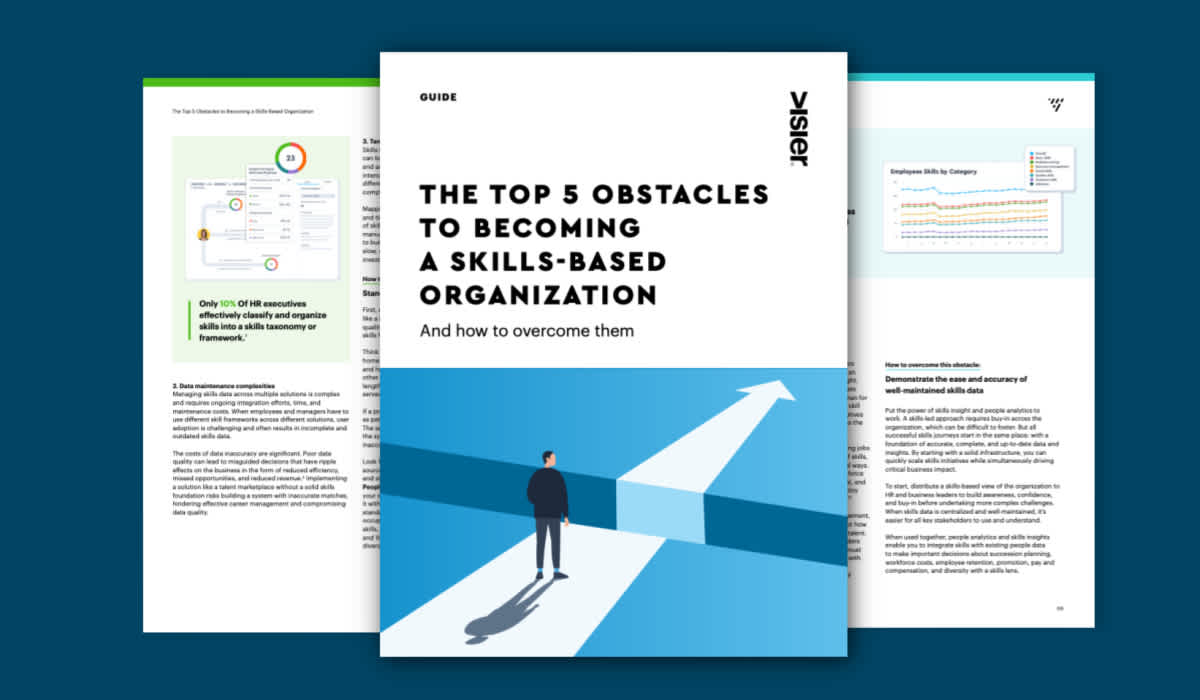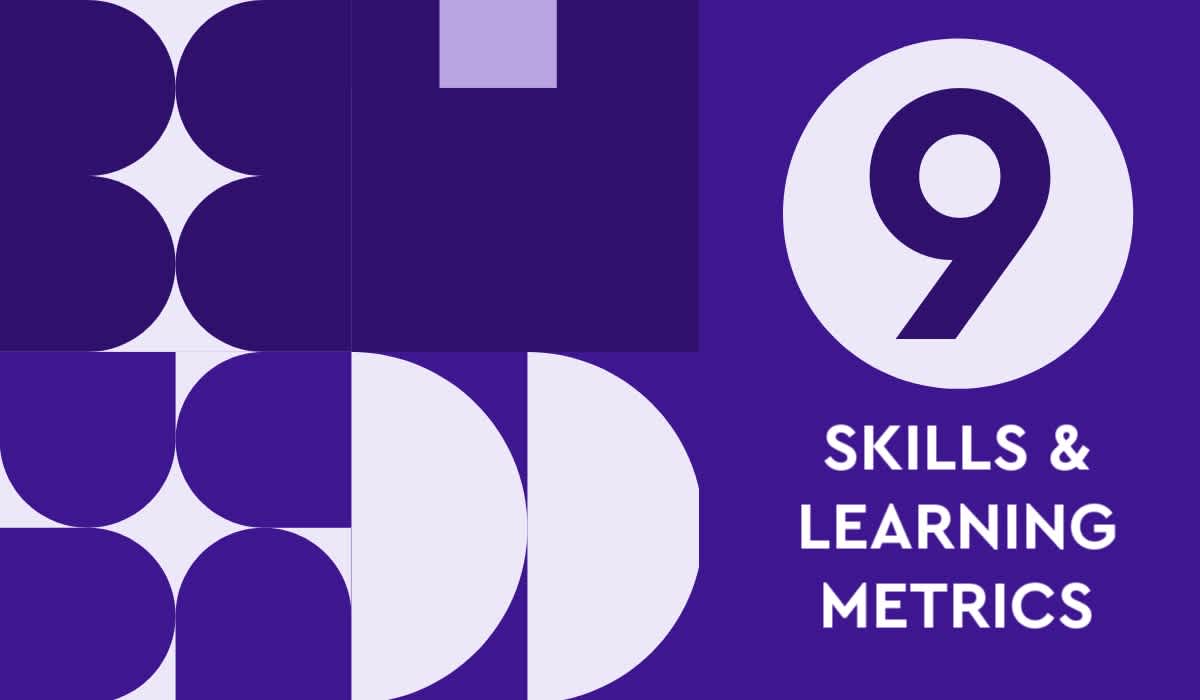Ask Visier: How Do You Find Out What Skills Exist in Your Organization?
To leverage talent in your organization, you must know what skills people have. Learn how to uncover this from one of Visier’s people analytics experts.

Do you understand what skills exist in your organization and whether you have access to all the skills you need? In the AI era, where new skills are in demand every day, and roles are continuously changing, understanding the skills gap in your organization is crucial. According to Manpower Group, 75% of employers globally report facing challenges in filling roles today.
Some companies have figured out parts of this question but not the whole story. As the labor market tightens and there is a renewed focus on a race for talent, we see many organizations trying to crack the skills nut. The first step is to conduct a skills inventory.

There are three ways that the process typically starts:
Self-evaluation: Employees can report their skills themselves. This could be through a survey or a learning management system (LMS). The challenges with this method are typically compliance (getting employees to complete the task), verification, and maintenance.
Assessment of employee skills: Managers typically drive this approach, which is most reliably maintained when incorporated into an existing process such as talent reviews, performance management, or development planning. The challenge is that this can be time consuming and subjective—without rigor, this can become a ‘check-the-box’ activity.
Job analysis: With this method, skills are aligned to a job. This analysis is typically sponsored by an HR team like Compensation, Talent Management, Talent Acquisition, or all of the above. One of the challenges with this method is that it typically requires hiring a firm to profile the jobs which can become costly depending on the number of jobs and skills being assessed. The other is that this approach will only define skills for the job an employee currently occupies, not the entire skill inventory.
The best solution is to implement a combination of all of the above, but this process can be laborious, and so it’s important for everyone in this process to understand the value they will gain from participating in this effort.
That’s why it’s valuable to have tools and systems in place to make it easier to understand what skills and talents people have within their own portfolios. You should also identify where they have the opportunity to grow. This helps you see where and how you can develop your internal talent at an organizational level and helps employees understand their career potential.
Why is it difficult to figure out what skills exist in your company?
The problem is in collecting the information effectively. That has always been the Achilles heel of any organization attempting a skills inventory. How do you get that data? How do you begin to learn more about the breadth of skills within your organization?
Additionally, when we think about matching skills to job positions, many organizations don’t have a good job structure or naming convention for existing roles. Too narrow or too broad a description makes it difficult to track specific skills.
If you work to standardize these names and establish processes to collect this data, you can start to understand what skills already exist in your organization and where there may be skill gaps. This will guide the way you develop and grow your workforce.
How Visier helps you discover the skills that exist in your organization
Visier helps you understand which of your company’s jobs are at risk by uncovering hotspots so you can be proactive about skill development and placement, focus your retention efforts, or mobilize your internal teams.
For example, let’s say the leader of an Information Technology team is concerned about the recent turnover of project leaders. We can assess how many employees with these skills exited the organization. The visualization below shows there have been more employees with these skill sets leaving this year compared to the previous year.
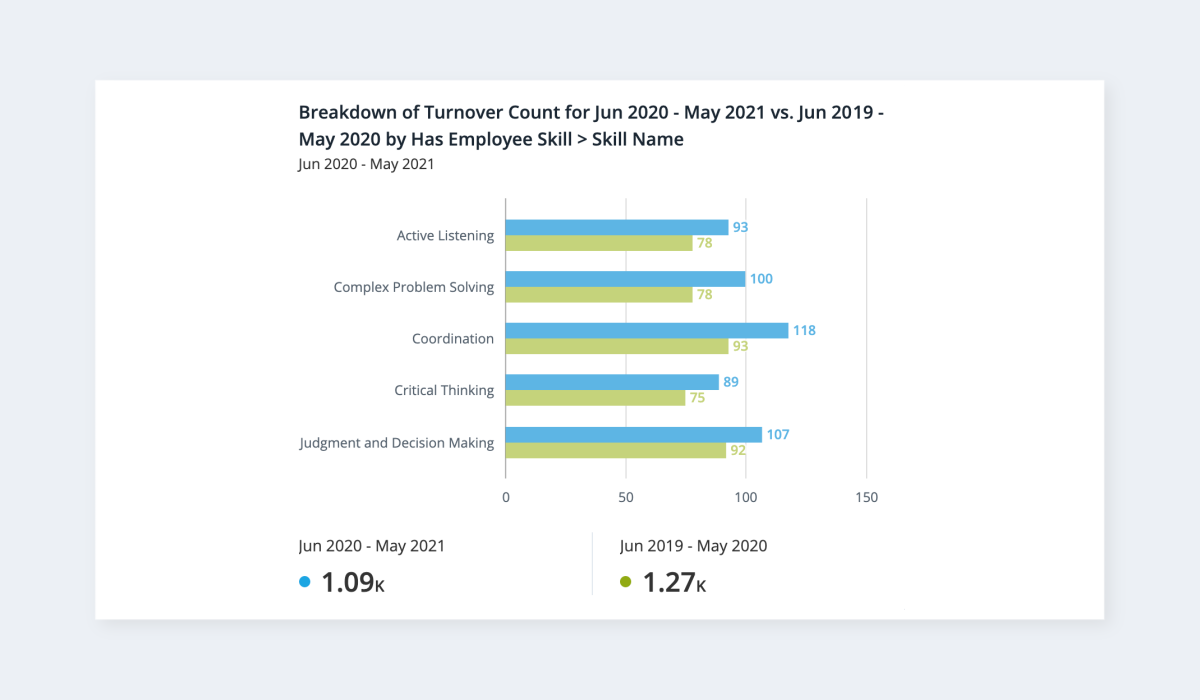
Breakdown of Turnover by Employee Skill
Visier also helps assess the current skill set of current employees and whether we have strong talent already onboard. In this example, we can see that on a five-point skill assessment scale, the average current skill level is not at the level desired for this role.
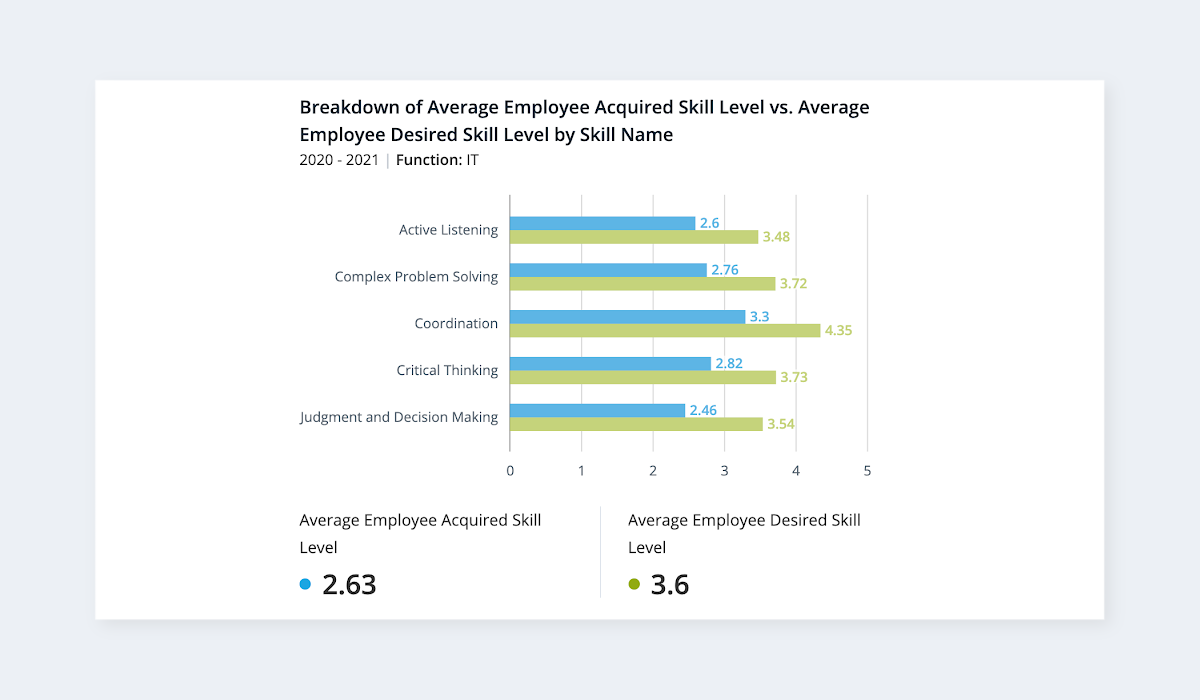
Average Employee Acquired Skill Level Versus Average Employee Desired Skill Level
As a result, we may want to invest in development programs that raise this group's skill level over time and/or ensure that these skills are acquired through talent acquisition. The next chart shows a steady increase in skill levels.
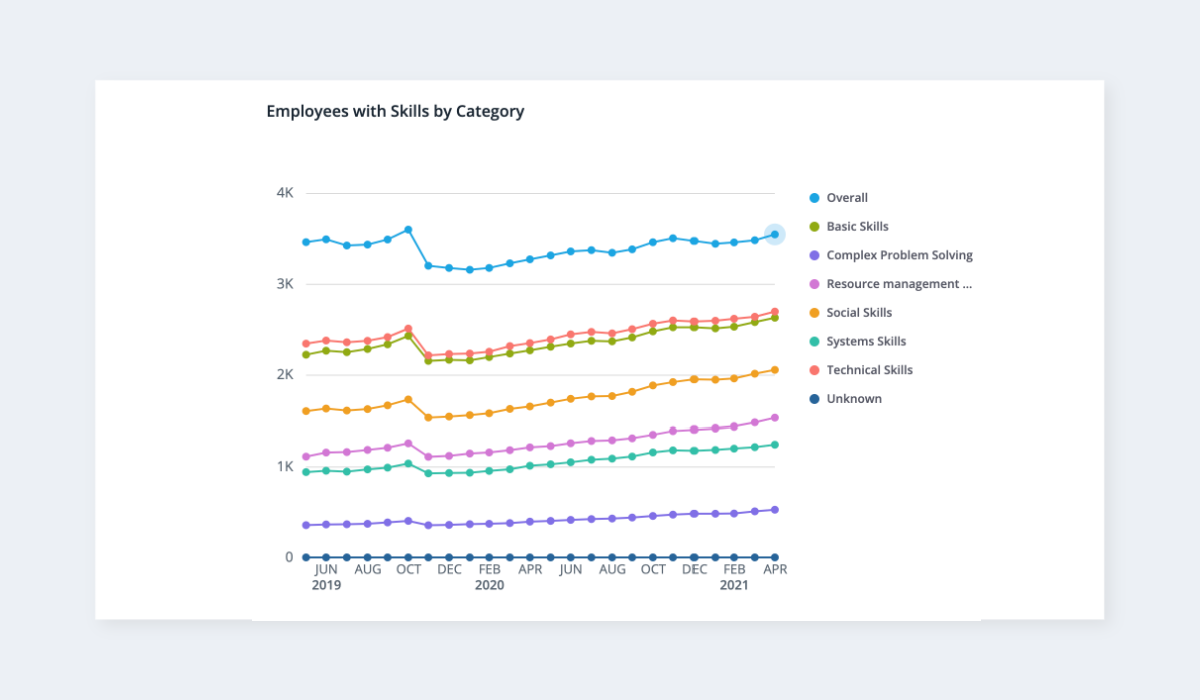
Breakdown of Employee Skills by Category
A clear vision is crucial for your organization. An investment in a people analytics solution like Visier works hand in hand with that vision. This kind of investment empowers you to accurately inventory and assess the skills your employees have, and what they’ll need to get you to the successful future you’re striving for.

Read more about skills-based organizations
Reskilling is the process of learning a new skill with the purpose of changing your career. It's a great asset for both employees and companies. Read the guide to reskilling to learn more.
Skills-led businesses are 63% more likely to achieve results and 98% more likely to retain top talent, yet shifting from jobs-based to skills-based can be complex. This guide helps you navigate the transition with ease.
To better understand views on skills training and AI at work, Visier surveyed over 3,000 employees from C-level to entry-level. Read the findings.

